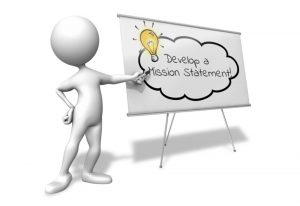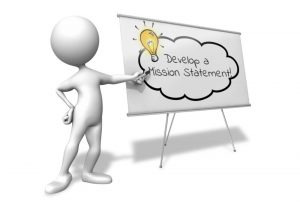Three Strategies for Implementing an Ergonomics Process
02/20/2018

Congratulations! You’ve decided to implement an ergonomics process at your organization. The three primary reasons why organizations engage in ergonomics are to enhance the health and safety of their employees, to increase efficiencies throughout their production environments, and to reduce quality errors and associated rework costs. Whatever the reason for taking the first step, it’s important to understand what is required to build a world-class process. Following these three strategies will help sustain it well into the future.
Develop and publish an ergonomics standard and guidance document. It should be written to withstand the test of time and should include the following elements, from most to least critical:
- Draft a mission statement outlining the goals, purpose, and values.
- Generate a vision statement highlighting where the process should be or what it should look like in the future.
- Identify the tools to use to achieve your vision.
- Create a team from multidisciplines within your organization.
- List the roles and responsibilities of each team member.
- Choose the right metrics to gauge success.
This document should explain how the ergonomics process is conducted in the absence of key stakeholders throughout the organization. Ultimately, it tells the story of how your company handles ergonomics. Do not underestimate the value of this document; when approved by your senior leadership sponsor, it will become the bedrock by which all stakeholders refer to guide their next steps.
Look upstream for leadership buy-in. Most organizations I work with have a senior sponsor, yet, at times, he or she isn’t advised on how ergonomics benefits the organization. Because of this, the sponsor may have a narrow view of the ultimate scope of the process and may believe that ergonomics is meant to aid in the health and safety effort only. To truly develop buy-in from your leaders, the process owner must communicate two very important elements:
- Theory. Demonstrate the value of ergonomics based on empirical research and the most recent data collected from reputable sources.
- Application of ergonomics in the production environment. Schedule a pilot activity to calculate the level of musculoskeletal disorder risk in each task, determine design gaps in the work environment, and develop engineering solutions to preserve the organization’s bottom line.
Align your people to the process. Engaging the production-level workers to ensure they understand the mission and vision is perhaps the most important strategy of all. So, set up your team for success; provide awareness training, watch how they work and complete a job task, and listen and solicit feedback. Remember that ergonomics focuses on the laws of work that define the limits of human capability. Job expectations that are kept within a worker’s physical and psychological ability create a better workplace and improves the organization as a whole.






